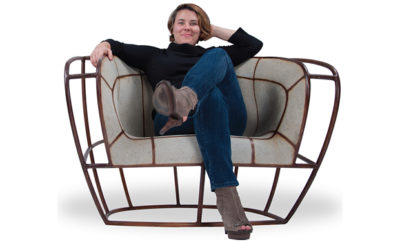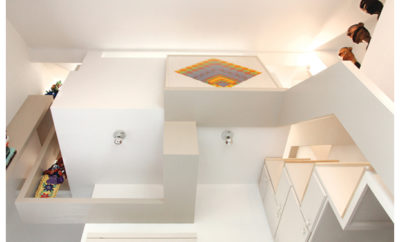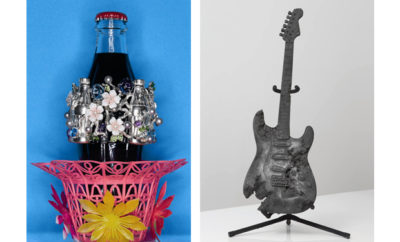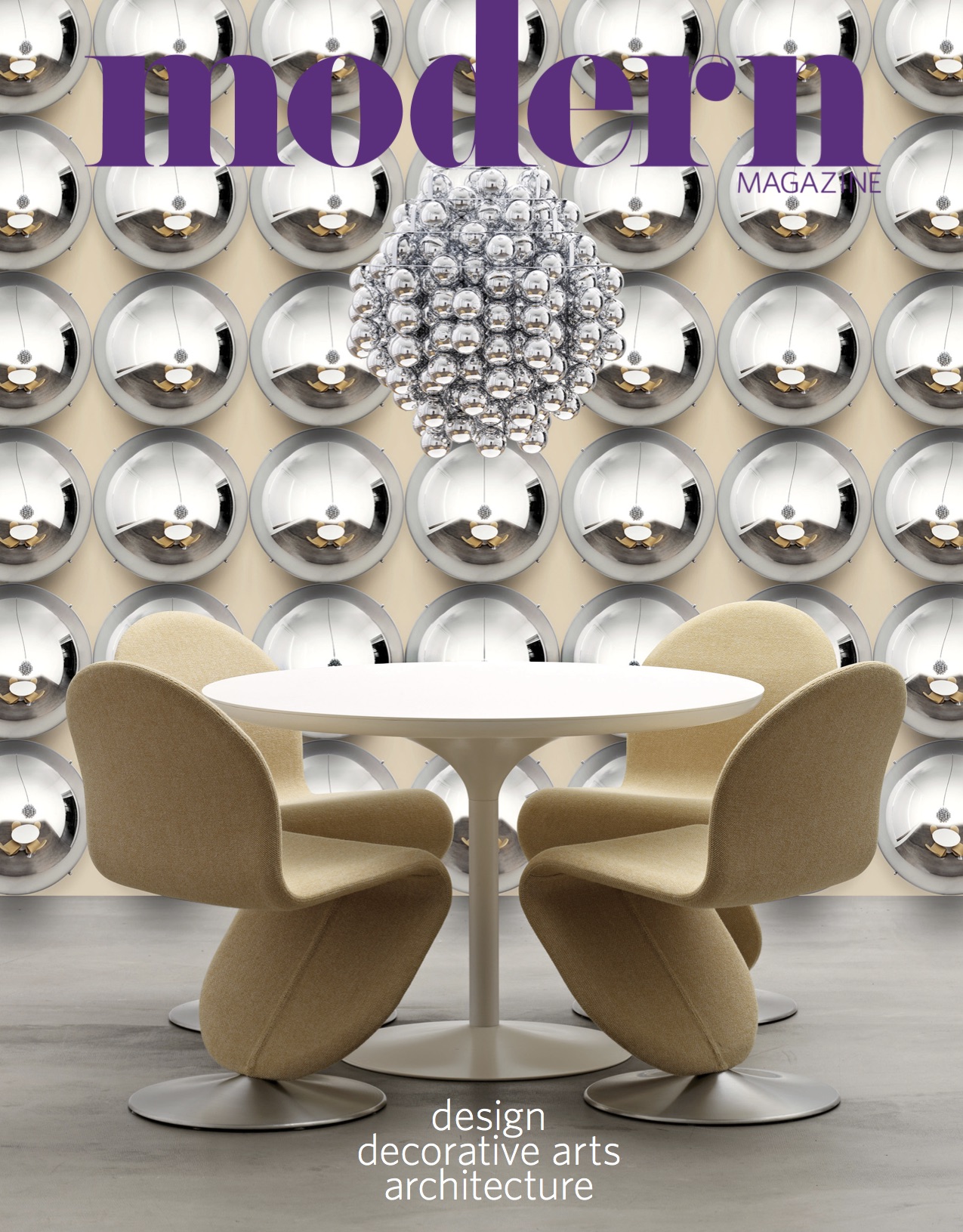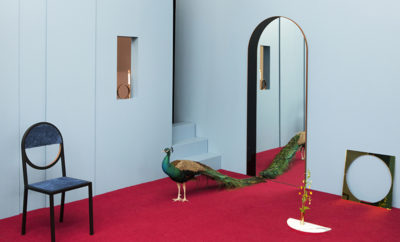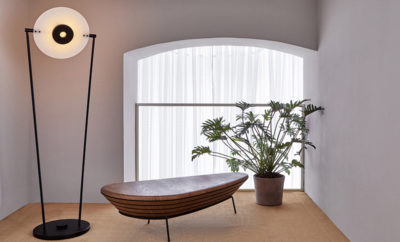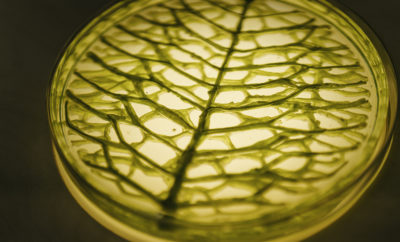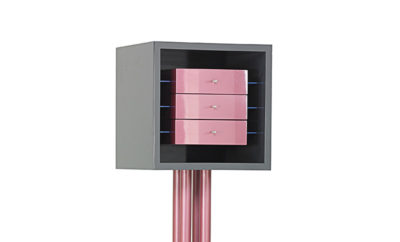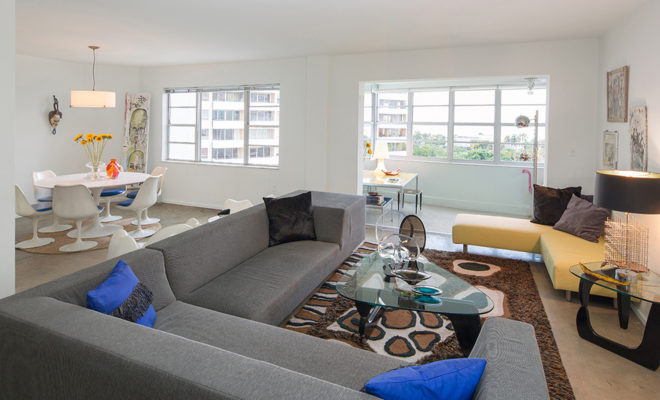 Photos by Robin Hill
Photos by Robin Hill
Feature
A Well-Stated Place
The London-based designer Philip Michael Wolfson filled his mid-century Miami Beach apartment with treasures of its own era
IN 1957, WHEN BELLE TOWERS OPENED, the apartments came fully furnished (if you wished) with interiors by a society decorator no less. There was seven-day maid service, a round-the-clock doorman, modern all-electric “dream” kitchens, plus “speed” elevators, car washers, and porters. “Belle Towers apartments are not to be compared to any other apartments,” read one 1957-era advertisement that expounded: “A private estate would serve as a better comparison…the quiet seclusion required for refined gracious living is zealously guard- ed by the carefully selected staff of Belle Towers.”
Conceived as a luxury rental building with a lot of panache, the building itself is a bit of a Miami Beach icon, designed by Robert Swartburg, whose other works include the famed Delano Hotel and the just-renovated Vagabond Motel. Another advertisement pronounced it the “Established Address of Prestige.” Today in the lively South Beach, “quiet seclusion” is a glimmer of a memory. But the eight-story Belle Towers, now flanked by bigger and taller buildings, remains a prime and almost-untouched example of Miami’s best mid-century architecture.
In fact, it was one of the few buildings that the London-based designer Philip Michael Wolfson considered when he shopped for an apartment in Miami. And though Wolfson’s formal interests as a designer revolve around the dynamic forms of futurism and its contemporary interpretation in furniture and sculpture, he wanted to live in the Miami of a particular era—and in a building that was an icon of that time. A great aunt had lived in Belle Towers back in the “refined gracious living” days, so he had strong childhood images of it. “The building is exactly what I remembered about Miami,” he says.
An American by birth, Wolfson had moved to London when he was still in architecture school and stayed. But the time came when he yearned for “a place in the states.” At Belle Towers, he found a one-bedroom unit that was basically unchanged. It still had its original bathrooms and kitchen, which featured (and still does) a Frigidaire Flair Custom Imperial countertop oven and range. “It’s still the original apartment,” he says. “Really, I just stripped the floors.”
He filled the space with fine examples of modern design—much of it found through serendipity at Lincoln Road’s Sunday antiques and collectibles market or in thrift shops, pieces more readily nabbed by astute buyers in the 1990s—to create a rich but spare aesthetic. “Absolutely, I found treasures,” he says. “Everyone did. Those were the days.” The furniture ranges from an Eero Saarinen Tulip dining table and chairs to two Wendell Castle Molar chairs in the living room and a Castle chair in one corner of the bedroom. There’s an Aldo Tura side table, Swedish chests, an American 1950s desk, a set of Noguchi “homage” tables, a table by Richard Schultz for Knoll, and two Charles and Ray Eames Aluminum Group chairs for Herman Miller. The porch features a few family hand-me-downs from his cousin, the collector and museum-founder Mitchell Wolfson Jr.
To all this, Wolfson added in “lots of objects,” in wood and glass especially, plus works by African, Cuban, and African-American artists, notably Gilberto Ruiz, who is Cuban-born but works in New York, and the late Purvis Young, who despite fairly widespread national recognition continued to work as he always had in his back-street studio spaces in central Miami. “I was drawn to their figurative qualities,” Wolfson says.
Wolfson spent his childhood in such cities as Washington, D.C., and Los Angeles—wherever his father’s career as a rocket engineer took the family. In his third year at Cornell University, he decided to study abroad and enrolled in the Architectural Association in London. “And I realized that the AA was what I wanted—more design-oriented and less engineering-oriented.”
As luck would have it, he was hired for a summer job by a then-little-known emerging architect named Zaha Hadid, a professor of his. He was one of two designers she hired for her tiny office that year, and the work was largely competitions (most of which they won). “That summer,” Wolfson recalls, “was a very important summer.” One thing led to another and Wolfson stayed as Hadid’s career grew, then founded his own firm, Wolfson Design. London became home, along with Zurich, where his longtime partner Beat Raaflaub, lives. Miami makes three.
His career has taken Wolfson around the world. The Shanghai gallerist Pearl Lam has long represented him (and has displayed his work at Design Miami shows). Not long ago, he created the furniture for Robert, the restaurant in the Museum of Arts and Design in New York. In recent years he’s shown his work in such divergent locations as London, Lake Como, and Miami. There’s a range, from interiors to furniture to what he likes to call “functional sculpture” (most typically one-off or extremely limited editions) to sculpture itself. “Futurism is what interests me most, and postwar abstraction, the development of contemporary art from its beginnings,” he says, “mostly minimalism and motion. The dynamic of motion interests me, and the fluidity of it. I just like to give it more speed.”
For the most part, one might not sense that from his Belle Towers apartment, where only small pieces of Wolfson’s own design, some RSVP candleholders and a maquette among them, are on view. Yet when he sits just so in the living room and looks past the Molar chairs and the bronze sculpture and catches a glimpse of the Noguchi-esque tables, he sees a “continuation of the dynamic,” he says. “It’s all there.”



